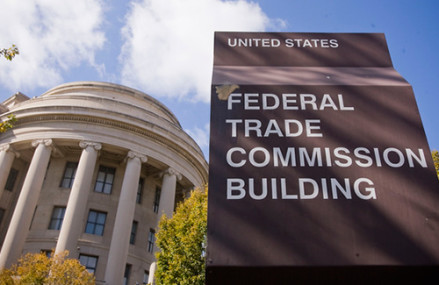The US had a record 2.8 million foreclosures last year up 21% from 2008. According to James J. Saccacio, chief executive officer of RealtyTrac, the foreclosure marketplace, “As bad as the 2009 numbers are, they probably would have been worse if not for legislative and industry-related delays… trial loan modifications, state legislation extending the foreclosure process and an overwhelming volume of inventory clogging the foreclosure pipeline.”
One big player in foreclosure prevention, the Obama Making Home Affordable plan, has had some success at initiating trial loan modifications, 697,026 by December 30th, but less than 10% of that number has been converted to permanent debt relief solutions. Under a new a policy announced Thursday, the US Treasury Department will soon require that all essential paperwork be in a loan servicer’s hands before approving distressed homeowners for a trial mortgage modification. The move will make it more difficult for a borrower to get quick relief, but should increase the conversion rate to permanent loan modifications. Homeowners will have to fill out two standardized forms, a request for modification and affidavit as well as a form allowing loan servicers to pull a borrower’s tax return, IRS 4506-T . Income must now be fully documented.
Servicers will have to be more responsive.They will now get just 10 days to acknowledge receipt of a borrower’s paperwork and 30 days to let the homeowner know if s/he is approved for a trial modification. The new policy begins June 1st . Wells Fargo will initiate the changes March 1st.
The states have also stepped in to help.The National Governors Association reports that 33 states and Puerto Rico passed at least 99 new real estate laws in 2009. Sixty seven of the statutes were aimed at foreclosure relief, 15 intended to stabilize neighborhoods and a dozen were supposed to prevent bad loans. Colorado, Delaware, Iowa, Indiana, Michigan and Minnesota now require that lenders include listings of foreclosure assistance resources with foreclosures notices. California, Colorado, Michigan, New Jersey and Nevada provided defaulting homeowners with a temporary suspension or deferral of foreclosures.
Putting the brakes on foreclosures has affected the real estate market.According to The Wall Street Journal, the number of homes listed for sale is down sharply across the nation. In some areas, most notably Boston and Sacramento, CA, inventory has dropped to the point that bidding wars on starter homes have developed.
As we move into the spring, traditionally the strongest real estate sales period of the year, prospects are mixed for a housing recovery. The most stable markets at this point seem to be Dallas, Houston Minneapolis, Raleigh, NC, and Washington, DC. There mortgage default rates are lower than the national average. Employment prospects look better than in most areas.
In contrast, other metro areas are exhibiting high mortgage default ratesincluding Florida’s Jacksonville, Orlando, Miami, and Tampa as well as Phoenix and hard hit Las Vegas. In Miami-Fort Lauderdale about 28% of mortgagors are either behind on their payments or in foreclosure. LasVegas home values are 44% of their 2006 peak. With the exception of Orlando and Miami, job prospects are expected to be weak there as well. The job market doesn’t look good for Atlanta or Detroit either. Overall, home prices inched up in November for the sixth consecutive monthly gain.



